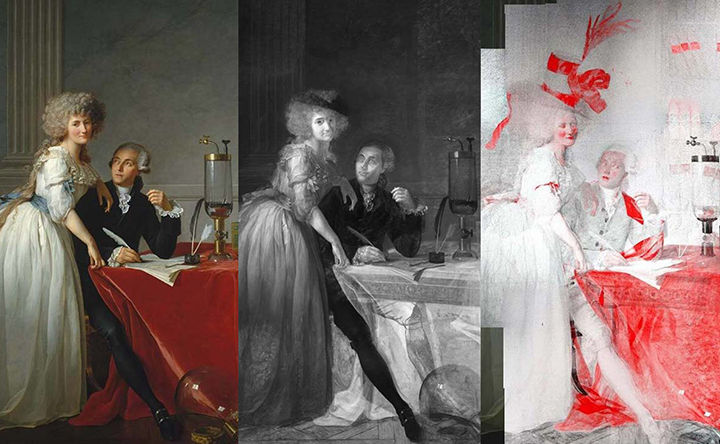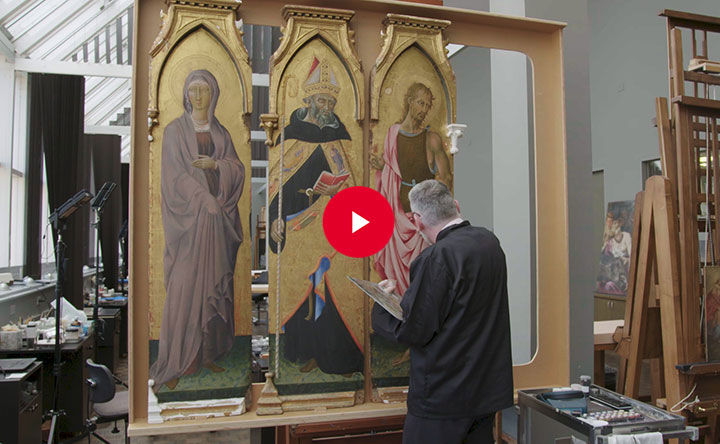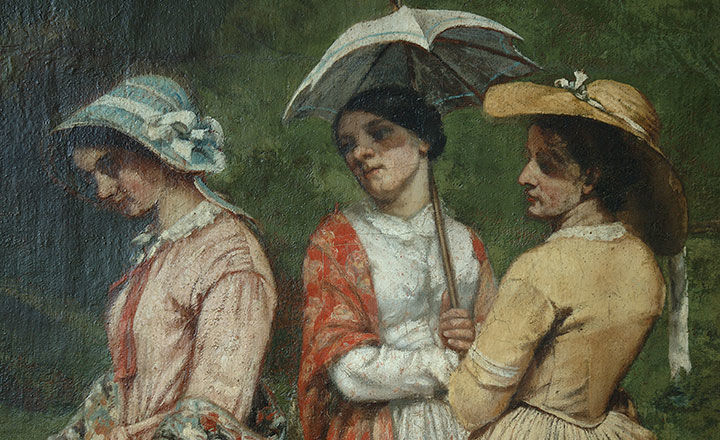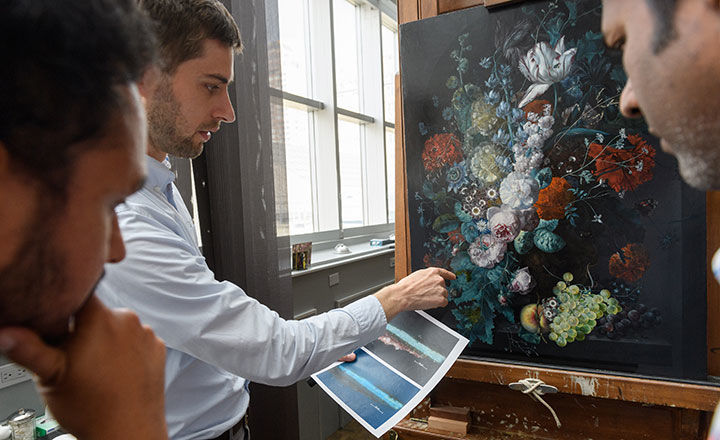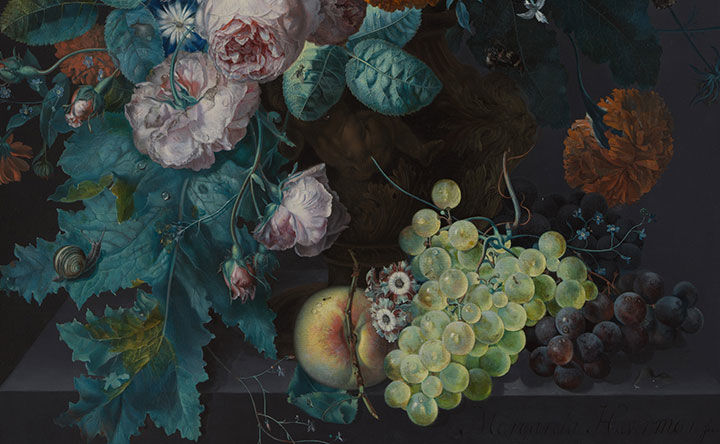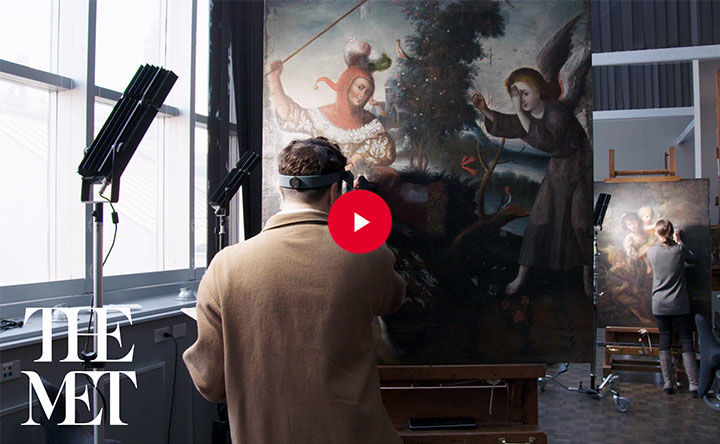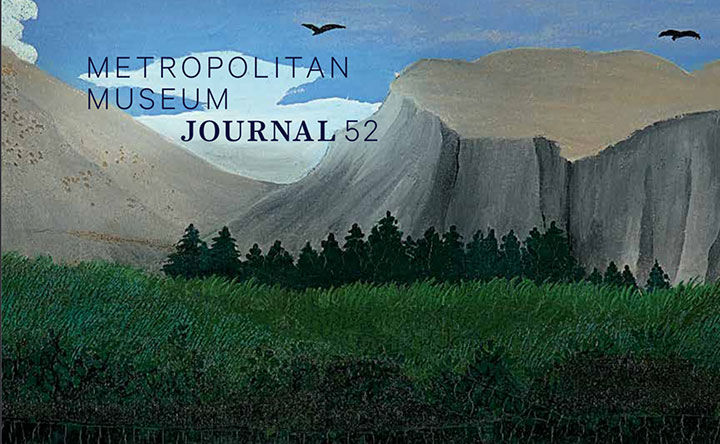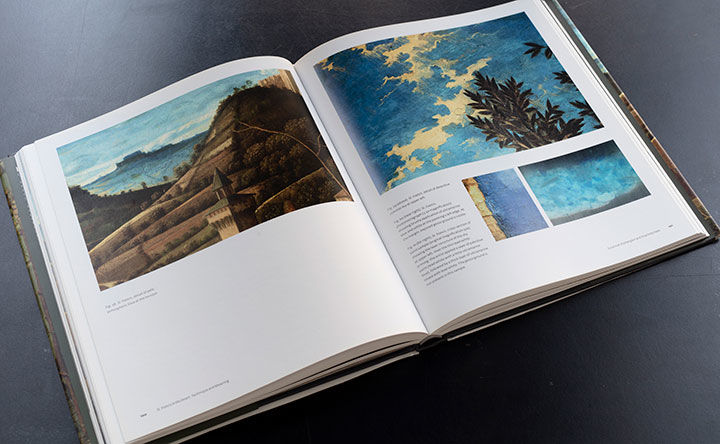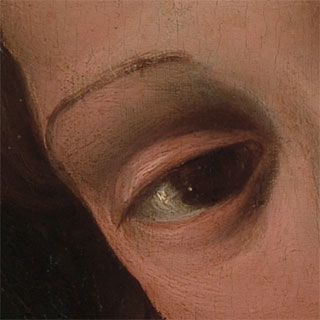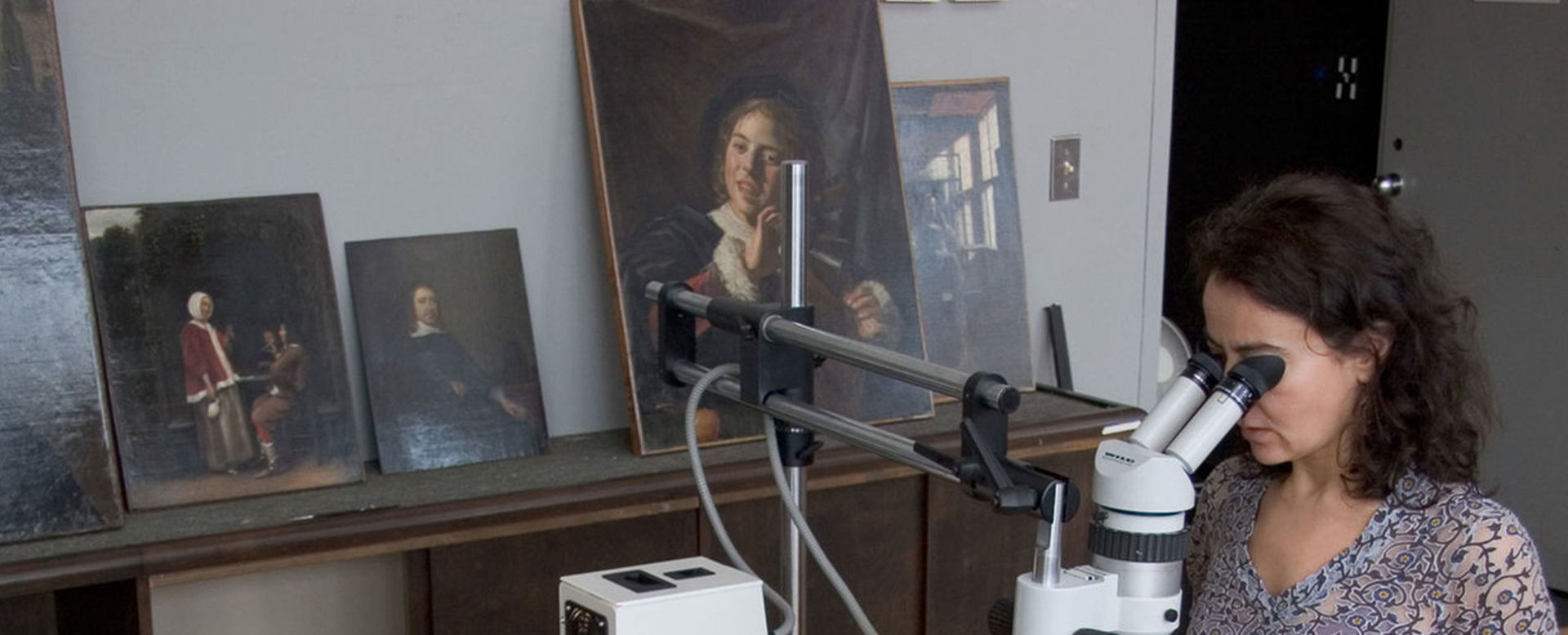
Paintings Conservation
Conservation is a rich and complex field, requiring the collaboration of the art historian, the conservator, and the conservation scientist to solve the diverse problems presented by the preservation of our collective cultural heritage. Conservation is a relatively young profession, and the department has evolved along with it, as well as the museum world at large.
Aside from the treatment of works of art, conservators support many different facets of the institution's activities, checking hundreds of paintings for loan and taking responsibility for many hundreds more that arrive at the Museum to be part of temporary exhibitions and displays. Conservators also play an ever-growing role in understanding and sharing the physical art history that is locked within the objects in our care. The research into the collection is a vital component to our activities and, whenever possible, we share our work and insights with a broad audience both in person and through print and online publications, didactic information in the galleries, videos, podcast episodes and virtual meetings.
The department's reputation is founded on championing the simple basic truth that for great paintings the whole is always far more than the sum of the parts, and the meaning is much more than the materials. It is a tradition we are proud to maintain.
At the end of the 19th and the beginning of the 20th century, The Metropolitan Museum of Art—like many great U.S. collections at the time—relied almost exclusively on outside independent restorers to care for the paintings in its growing collection. Many of the roles and abilities that we now associate with a modern paintings conservator were simply not part of what was expected of these artist technicians. By the 1940s this trend was changing, with the emergence of a more systematic approach to the physical care and preservation of works of art and a desire to raise standards, banish secrecy, and establish a more scientific basis for treatment. These were laudable aims but risked losing sight of the qualities of a work of art by concentrating on the problems of condition.
Fortunately, two previous heads of department left a different and indelible impression on the philosophy of approach: Hubert von Sonnenburg and John Brealey, who shared similar instincts about the role of conservation in relation to Old Master paintings. Neither man was a technophobe, and both understood the importance of analysis and research, but their mantra was simple: the look is the meaning—a sobering counterbalance to dispassionate objectivity and the dangers it can present.
One of John Brealey's stipulations in accepting the position at The Met was that he wanted the department to reflect his own philosophy on the role of paintings conservation—to be a center for collaboration and training where paintings would be treated, first and foremost, as works of art and not as condition problems. Key to making this happen was the creation of an appropriately sized and equipped studio, and key to that was obtaining the considerable funding that would be necessary to bring it into being.
In January 1979, Douglas Dillon, the Chairman of the Board of Trustees, wrote to Walter Burke, then president of the Sherman Fairchild Foundation, describing the Museum's needs. A history of the Foundation published in 1995 sums up the situation of that time succinctly: "Money specifically for conservation had never been easy to acquire—donors found the acquisition process and the displaying of art much more exciting."
Fortunately for this institution and for the broader conservation community, Walter Burke identified strongly with John Brealey's vision and the Foundation awarded a grant to the Museum in 1979 to create a The Sherman Fairchild Paintings Conservation Center, which opened the following year.
The Sherman Fairchild Foundation's involvement, however, did not end with the initial grant. Further awards followed, supporting the purchase of furnishings and equipment. John Brealey expanded the staff, hiring gifted protégés, many of whom are the senior conservators of the Center today.
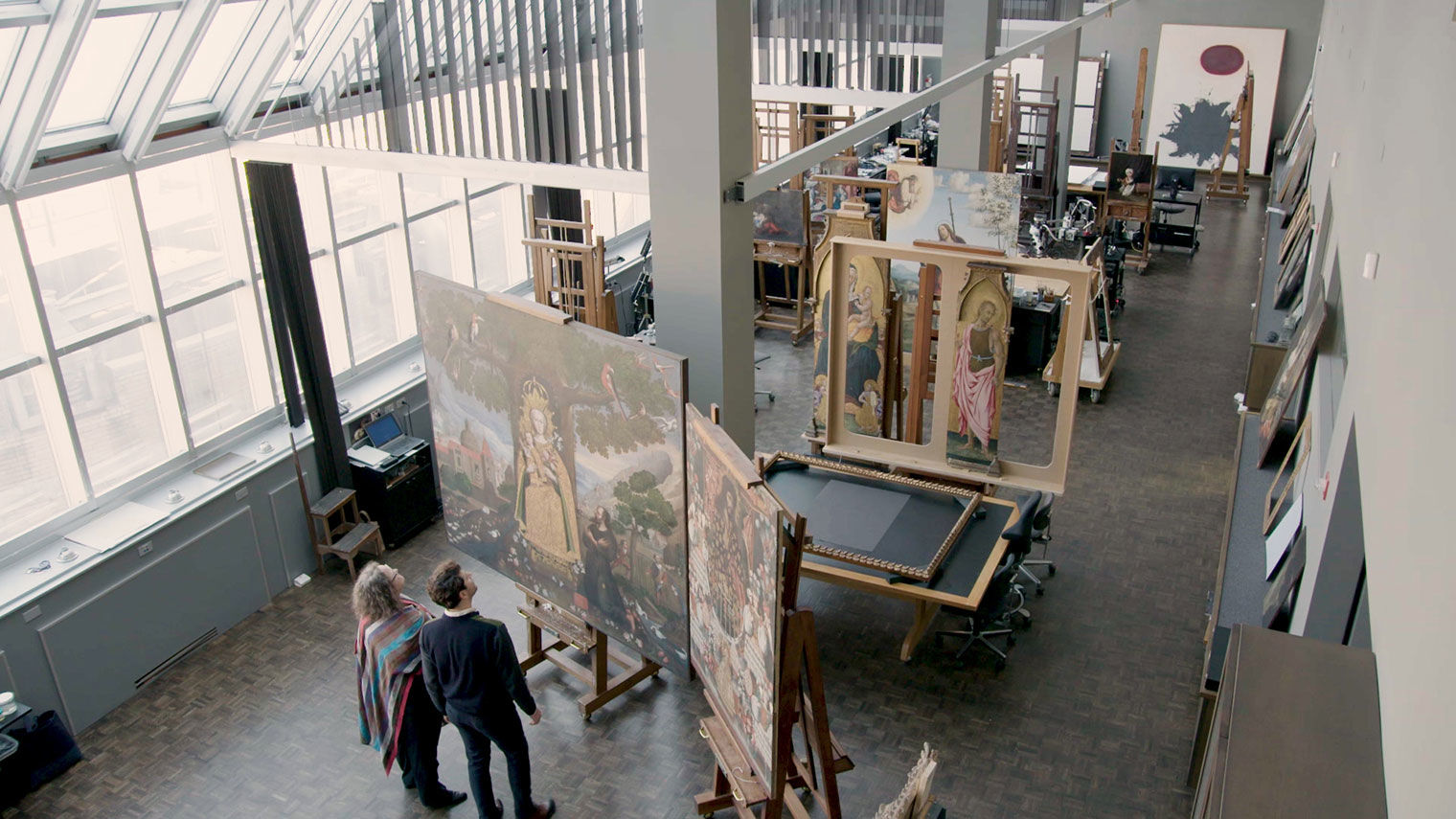
The Sherman Fairchild Paintings Conservation Center opened its doors in 1980: an approximately 18,000-square-foot duplex with a stunning two-story, light-filled studio and spaces for panel work, lining, varnishing, photography, analytical laboratories, a library, and a seminar room. The interdisciplinary approach implicit in the architectural design was something new, and the center immediately set a benchmark for world-class paintings conservation facilities.
The Sherman Fairchild Foundation has also supported the purchase of furnishings and equipment, including an infrared vidicon, an x-ray unit, microscopes, cameras, and analytical equipment for the laboratories.
At the end of 2007, the Center underwent a major 18-month refurbishment, once again generously funded by the Sherman Fairchild Foundation. The many significant changes and upgrades included the replacement of the main studio's glass curtain wall, the provision of 1,700 square feet of entirely new space for panel and frame conservation, the creation of a streamlined research space combining a documentation room, departmental library, and designated offices for the center's conservators, and a room that provides a first-class environment for workshops and seminars.
If you want to become part of our community, join The Met's Fellowship program in Paintings Conservation. We accept applications from recent master's graduates, PhD candidates, postdoctoral scholars, and senior scientists and researchers. Read more about fellowships here or email academic.programs@metmuseum.org
Conservation Highlights
The Death of Socrates: New Discoveries
Technical examination of Jacques Louis David’s masterpiece reveals that the refinements seen in the artist’s preparatory drawings didn’t end when he began painting—rather, they continued through all stages of its execution.
Refashioning the Lavoisiers
A team of experts from across The Met gains new understanding of Jacques Louis David’s iconic portrait.
Conserving the Giovanni di Paolo Altarpiece
Follow the two-year-long conservation treatment of the Madonna and Child with Saints altarpiece (1454) by Giovanni di Paolo, which hadn't been treated since it came into The Met collection in 1932.
The Use of Ash in the Ground Preparations of Baroque Paintings from Spain, North and South America
The study of material derived from ash used in the ground preparations of paintings by both Spanish and Latin American artists in the Baroque period sheds new light on the spread of artistic practices beyond Spain.
Our Work
Research Projects
Read project abstracts from featured research activities within Paintings Conservation.
Collaborations
Paintings Conservation staff maintain close relationships with other professionals in cultural heritage institutions both at home and abroad, and regularly partner with colleagues on conservation and historic preservation projects.
Who We Are
Meet the Staff
Get to know the people who care for the art.
Meet the Fellows
The department encourages the development of young conservators in many ways, including support for research projects and opportunities to work with the staff.
Dig Deeper
Blog Articles
Read fresh perspectives from the Department of Paintings Conservation at The Met.
Videos
Watch videos about paintings conservation — lectures on treatments, multidisciplinary technical studies, and more.
Met Publications
Discover The Met's many publications on paintings conservation.
Department Bibliography
Browse an abridged bibliography of our staff's published work.

